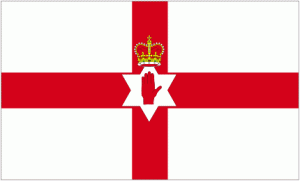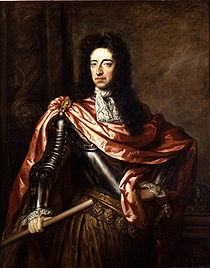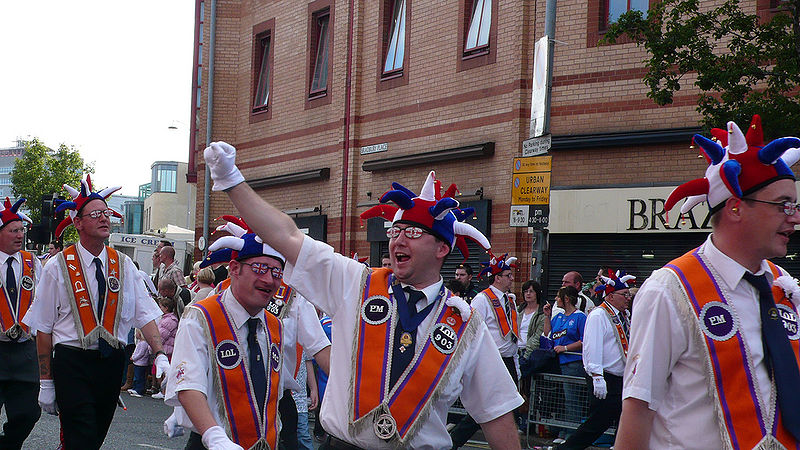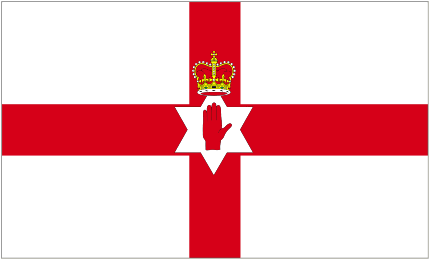July 12

…there is nothing now that we so earnestly desire as to establish our government on such a foundation as may make our subjects happy, and unite them to us by inclination as well as duty; which we think can be done by no means so effectually as by granting to them the free exercise of their religion…
Such were the words that got James II booted off the English throne.
On the Glorious Twelfth (not to be confused with August’s Glorious Twelfth) Northern Ireland recalls a battle of two Kings. The Battle of the Boyne marked the first major victory of William of Orange against mostly-Catholic forces supporting the deposed King James II. The “Twelfth” refers to the date in 1690 on which the battle took place: July 1st. “Uhh…” Yeah, we’ll get to that.
The war is called the “Jacobite War” after King James. (Okay, somebody has to talk to these people about naming things.)
King James’ Catholic leanings, his push for religious freedom, and his tendency to bypass Parliament when issuing such decrees, landed him on the top of Parliament’s naughty list. Finally King James did the unforgivable: he reproduced.
The birth of his son by his Catholic wife ensured what Parliament had been fearing most: the continuation of a Catholic line on the English throne. Parliament deposed the King in favor of his daughter Mary and her husband William of Orange, the stadtholder (head honcho) of the Dutch lowlands. (Orange refers to a principality, not a fruit or color.)
France was at odds with William and the Dutch at the time, so James hightailed it to Paris to garner troops from the French King. James then set his sites on Ireland, where he had support from both Catholics and Protestant loyalists.


Kings William III and James II (separated at birth?)
The two armies collided at Boyne–William with 36,000 men and 24,000 under James. Surprisingly the death toll was only around 2,000, but it was a definitive Williamite victory, and the beginning of the end for James.
The following year King William sealed the deal at the Battle of Aughrim. Fought on the real July 12, Aughrim was one of the bloodiest battles ever waged on Irish soil–7000 men killed in a day. Thus, the Irish have a definite ax to grind regarding what England sometimes refers to as its “Bloodless Revolution.”
For many years the inhabitants of Belfast celebrated Aughrim as the primary motivation behind Glorious Twelfth. When the UK switched to the Gregorian calendar, named after Pope Gregory, many in Northern Ireland saw it as declaring allegiance to the Papacy, and continued celebrating on Julian calendar dates. The anniversary of the Battle of the Boyne–fought July 1 in the Julian Calendar–falls on July 12 in the Gregorian. The two battle commemorations were combined, and over the centuries the Boyne has become more celebrated of the two. Celebrating Boyne over Aughrim has helped to appease Irish Catholics, who didn’t appreciate the wholesale slaughter of their ancestors at Aughrim being celebrated as a holiday.
Tensions remain high between Irish Catholics and the mostly-Protestant population of Northern Ireland. The celebrations have often led to violence, destruction, and poor taste in hat wear.


